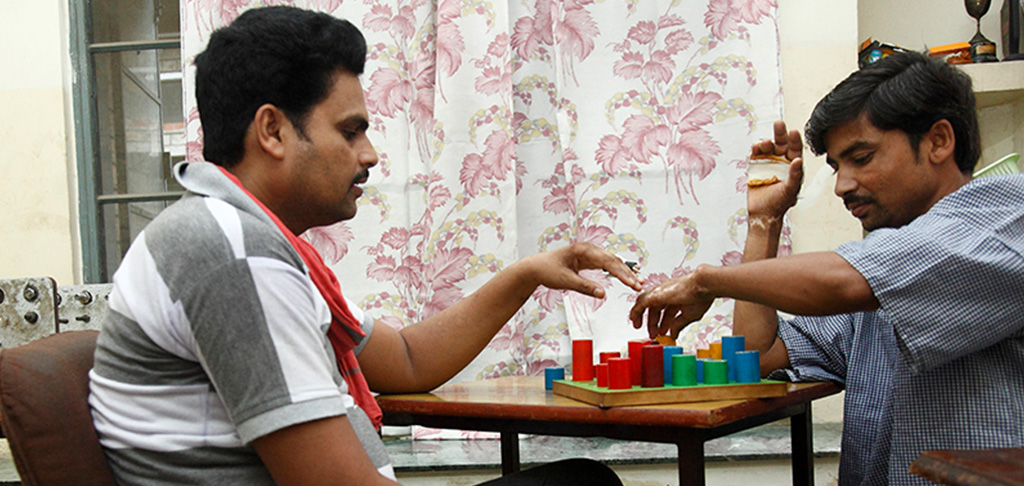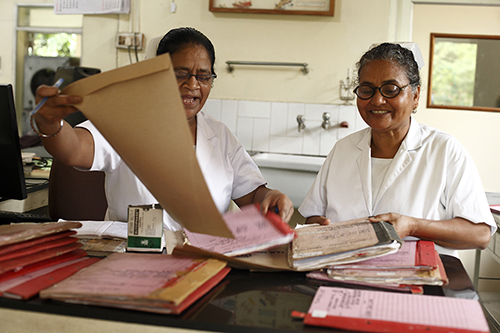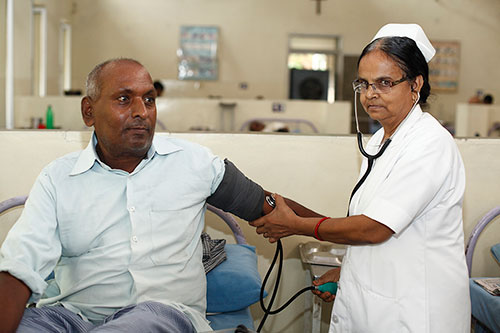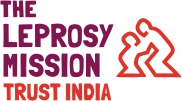
Physiotherapy
Physiotherapy, also known as physical therapy, is a healthcare profession that focuses on optimizing movement, function, and overall well-being. It is based on scientific principles and involves the assessment, diagnosis, and treatment of various musculoskeletal, neurological, and cardiopulmonary conditions.
The primary goal of TLM Naini’s physiotherapy department is to enhance the quality of life for individuals of all ages by improving their physical function and reducing pain. Our physiotherapists work with patients to develop personalized treatment plans tailored to their specific needs and goals.
Physiotherapists at Naini Hospital employ a wide range of techniques and interventions to address various conditions. These may include manual therapy techniques, such as joint mobilization and manipulation, soft tissue mobilization, and massage. They may also use therapeutic exercises to improve strength, flexibility, and endurance. Additionally, our physiotherapists utilize modalities such as electrical stimulation, heat and cold therapies to aid in pain management and tissue healing. We treat individuals with orthopaedic conditions like fractures, sprains, and post-surgical rehabilitation. They also work with patients recovering from neurological conditions such as strokes, sports injuries, and multiple sclerosis.
The physiotherapy department at Naini provides a wide range of services, including and not limited to the following list:
Transcutaneous Electrical Nerve Stimulation (TENS) :
TENS is a simple and non-invasive technique used by physiotherapists to alleviate pain, reduce muscle spasms, promote tissue healing, and manage pain in palliative care. It involves the application of a mild electric current to the affected area, providing analgesic effects without the need for medication.
Electrical or Muscle Stimulation:
Electrical or muscle stimulation involves the use of varying magnitudes of electric currents to stimulate motor nerves and induce muscle contractions. This technique is beneficial in preventing the retardation of disuse atrophy, promoting muscle reeducation, and aiding in rehabilitation.
Ultrasound Therapy:
Ultrasound therapy utilizes sound waves that penetrate the body and exert both thermal and non-thermal effects on cells and tissues. It is commonly used to facilitate soft tissue healing in conditions such as bursitis, sports injuries, and sprains.
Infrared Rays:
Infrared rays are a type of electromagnetic wave that can emit heat. They are used for pain relief and ulcer healing. There are both luminous and non-luminous generators that produce these heat-producing rays.
Cryotherapy:
Cryotherapy involves the application of cold to injured tissues, which helps reduce local temperature and provides various benefits such as reducing acute pain, muscle spasms, spasticity, and swelling and promoting tissue repair.
Interferential Therapy:
Interferential therapy is an electrical treatment method that utilizes two medium-frequency currents to produce a low-frequency effect. This technique is effective in stimulating motor and sensory nerves, particularly for conditions like nerve root pain and arthritis.
Wax Bath:
Wax bath therapy utilizes the ability of wax to absorb and retain deep heat, making it highly effective in soothing stiffness and pain in muscles and joints.
Traction Therapy:
Traction therapy involves the application of force to straighten the spine, particularly in the cervical and lumbar regions. It can be used for conditions like fractures and spinal issues.
Laser Therapy:
Laser therapy is a specialized treatment that utilizes high-powered, dual-wavelength infrared lasers to treat various physical pain conditions and promote ulcer healing.
Exercise and Massage Therapy:
Exercise and massage therapy are important components of physiotherapy. They are utilized in the rehabilitation process for orthopaedic, neurological, and respiratory conditions to improve physical function and promote overall well-being.


